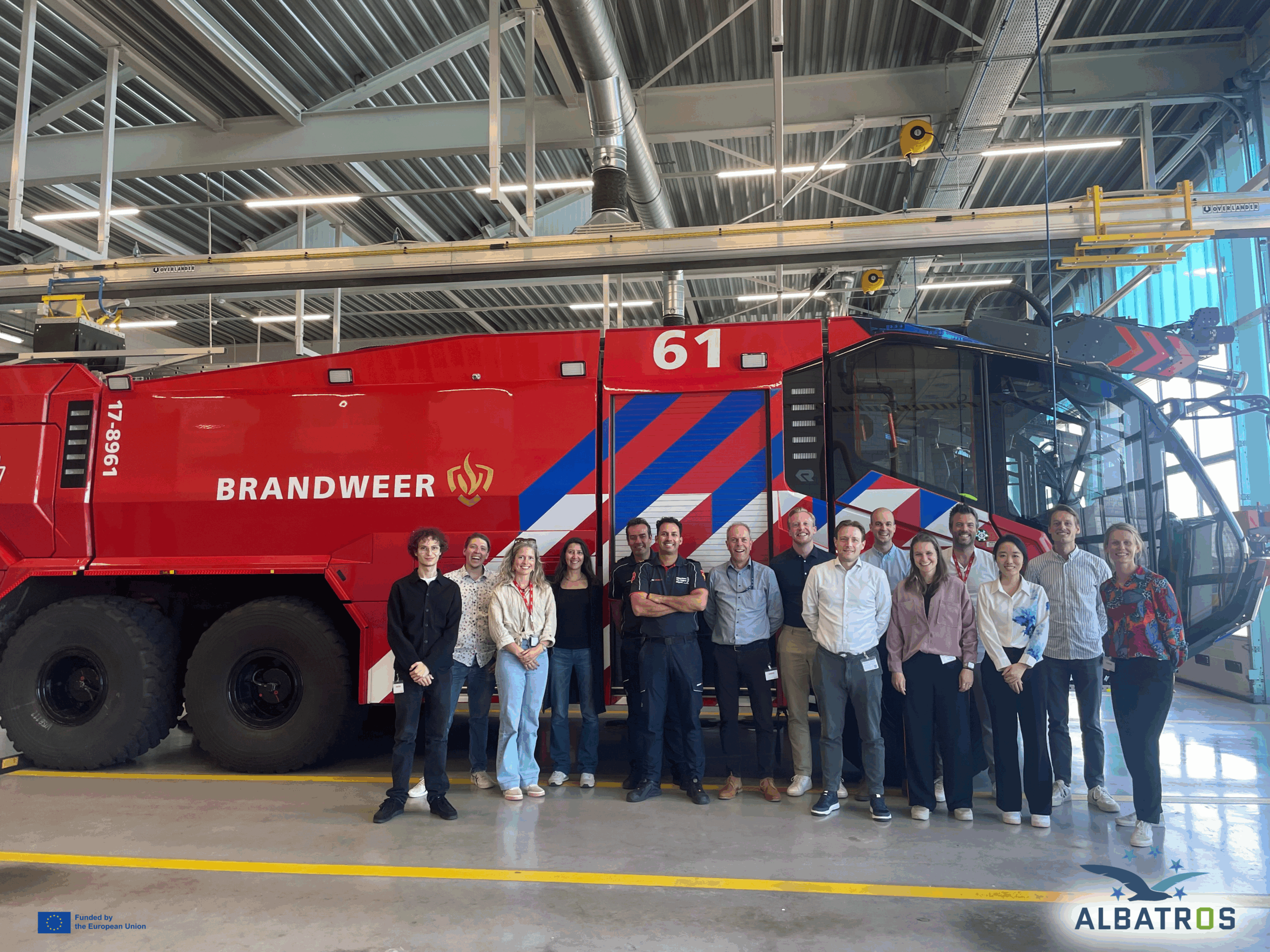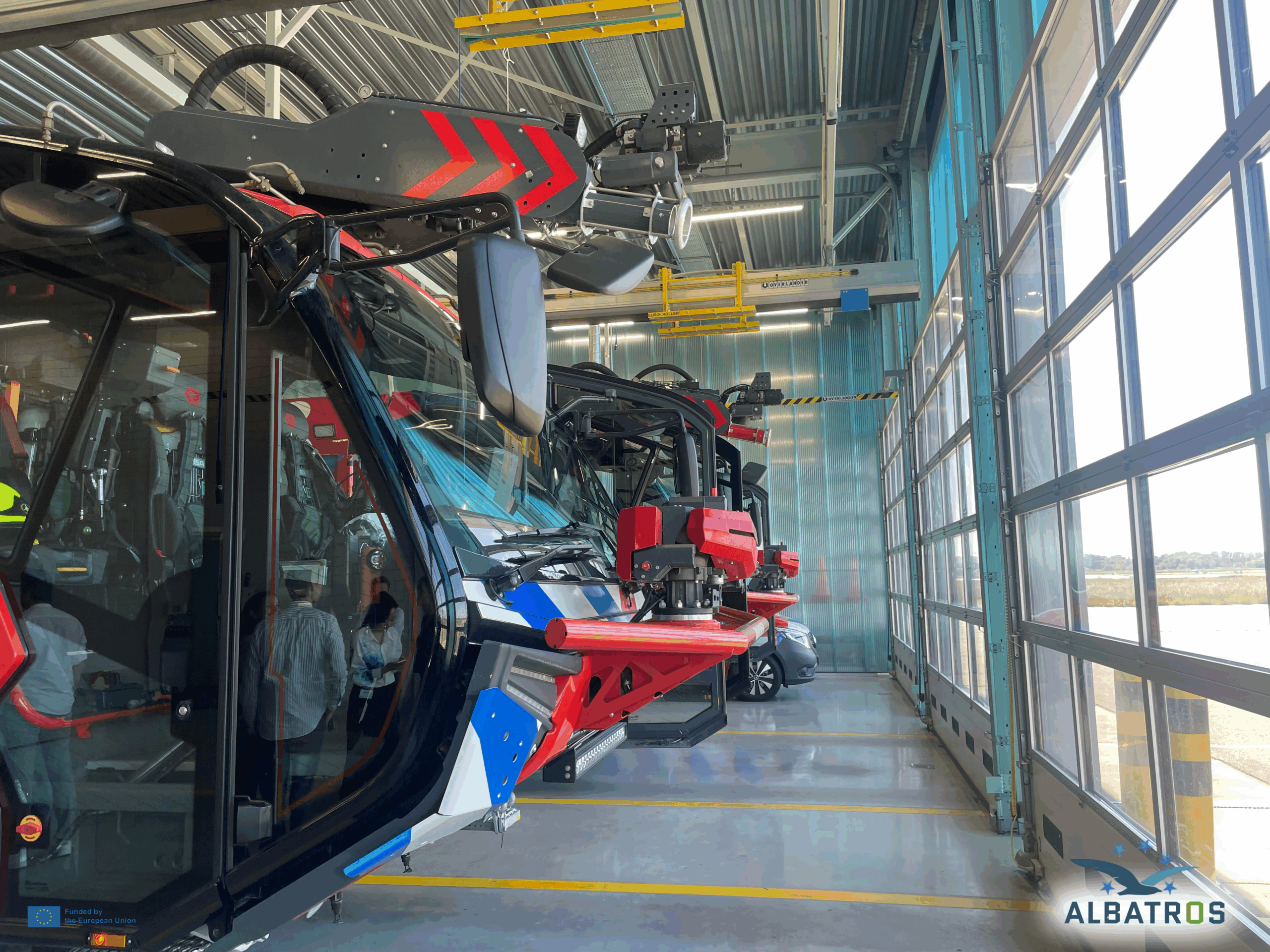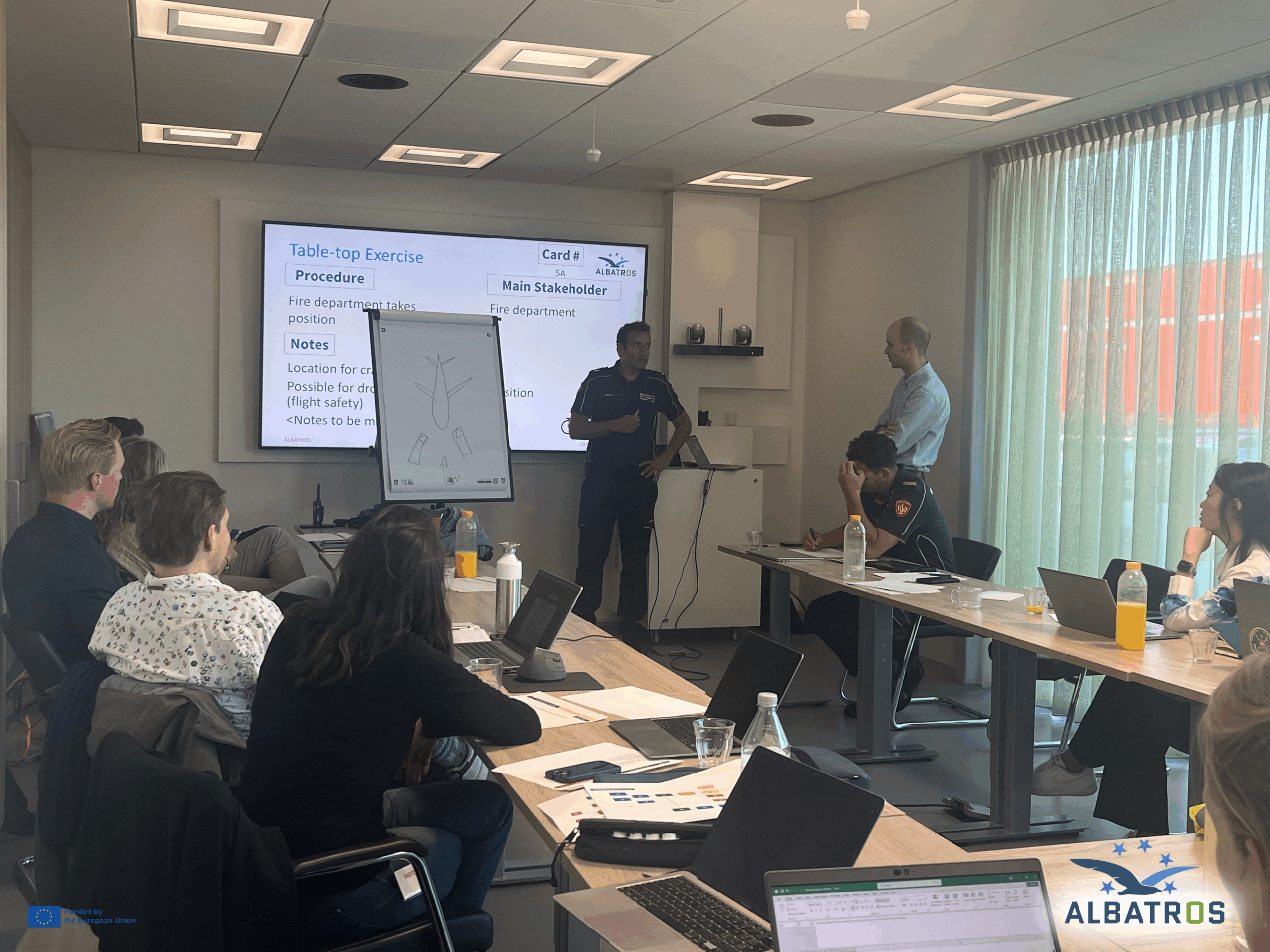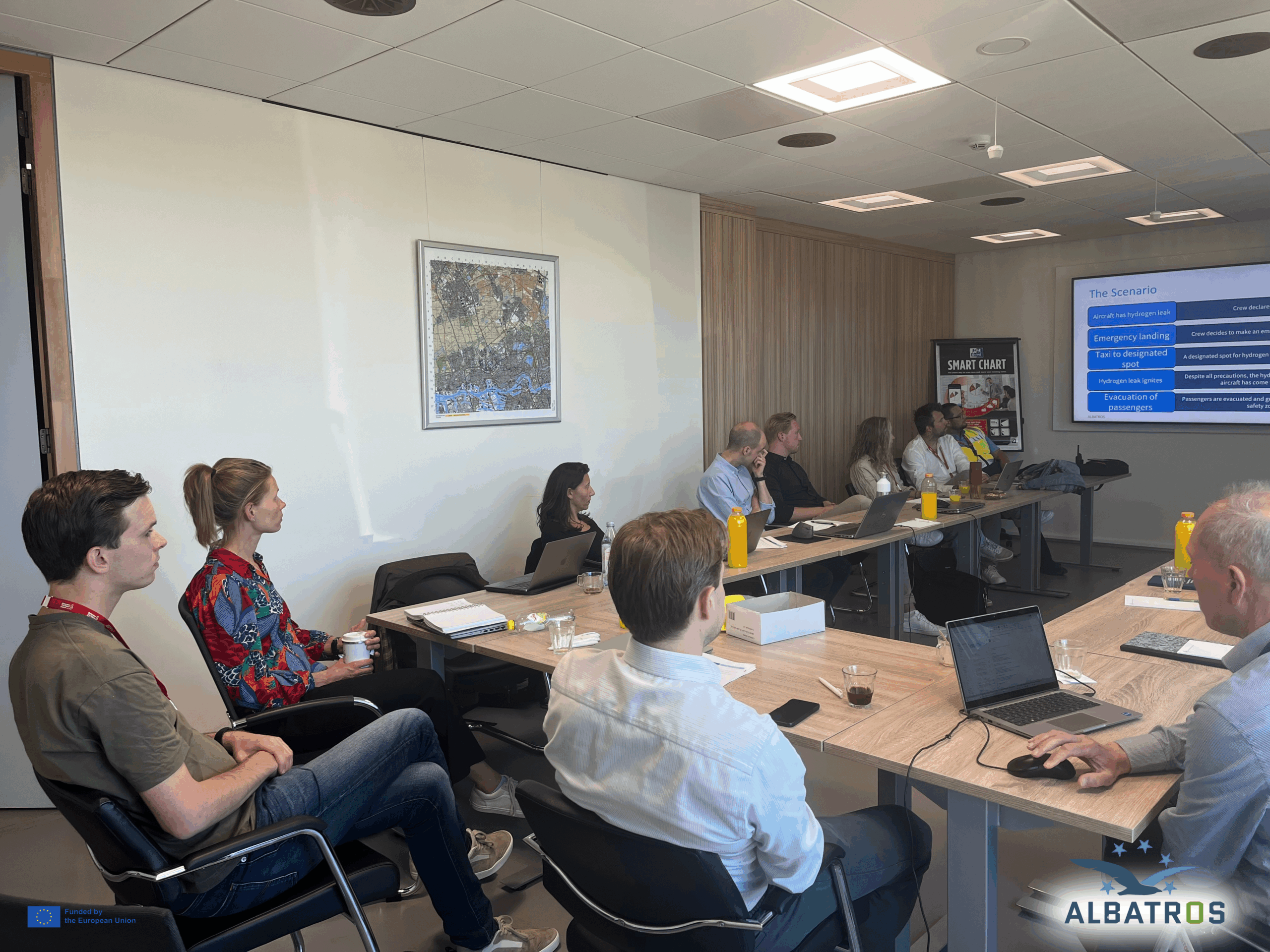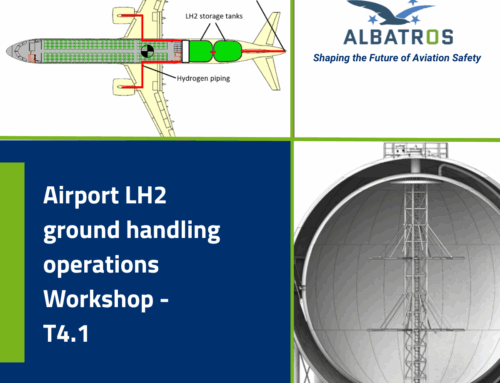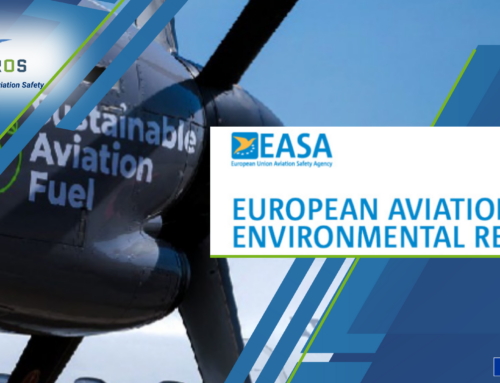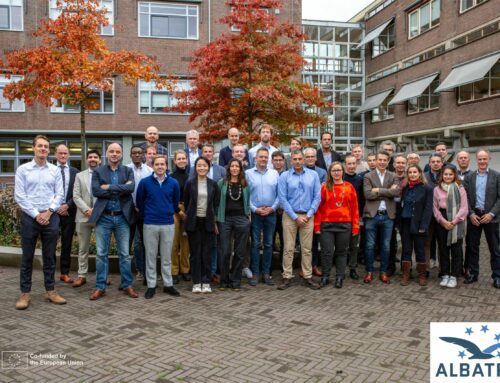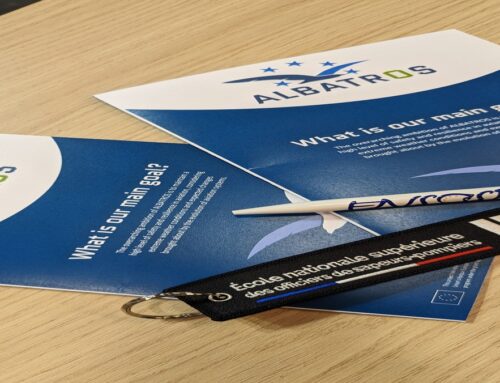A multi-stakeholder simulation at Rotterdam Airport put hydrogen-specific emergency procedures to the test. The session generated key insights for coordination, risk management, and future operational readiness.
A Turning Point for Hydrogen Aviation Safety
On May 13th, 2025, the ALBATROS project marked an important milestone. A validation exercise held at Rotterdam The Hague Airport focused on how to manage emergencies involving hydrogen-powered aircraft.
The session brought together experts from NLR, Pipistrel, and Deep Blue, along with key operational teams from the airport. These included the fire brigade, airport authority, and passenger security staff. Their mission was clear: evaluate how existing emergency procedures need to evolve when dealing with hydrogen-based incidents.
From Simulation to Strategy: A Structured Approach
The day opened with a situational briefing. Participants then engaged in a step-by-step tabletop walkthrough of the response plan. Each actor played their actual operational role in a simulated emergency landing and evacuation scenario involving hydrogen fuel.
A central tool in the exercise was the use of visual scenario cards. These concise, role-based materials helped explain risks, outline procedures, and clarify communication flows. The cards proved effective in supporting focused discussions. They will now be further developed into a Digital Toolkit, which will soon be available on the ALBATROS platform.
What the Exercise Revealed
Hydrogen behaves very differently from conventional jet fuel. Its unique properties—such as invisible flames, rapid dispersion, and a wide flammability range—introduce a new layer of risk. As a result, many current airport protocols are not adequate.
Participants identified several urgent needs:
-
More advanced detection technologies
-
Revised containment strategies
-
Faster and more coordinated evacuation plans
-
Specialised firefighting tools tailored to hydrogen
In addition, the session explored the use of drones equipped with infrared cameras. These could help emergency teams detect hazards that are not visible, particularly in the presence of invisible hydrogen flames. However, integrating drones into emergency response operations also raised questions about regulations, airspace control, and real-time coordination.
Building a Shared Readiness Framework
The Rotterdam exercise confirmed a critical insight: technology alone will not ensure safety in hydrogen aviation. Effective response requires airport-wide preparedness and integrated planning across teams.
Moreover, the session showed the value of collaborative validation. Only by working together in realistic scenarios can stakeholders identify weaknesses, test assumptions, and co-create solutions that are both practical and scalable.
What’s Next
Insights from Rotterdam—and from upcoming exercises—will directly contribute to:
-
A user-ready Digital Toolkit for managing hydrogen-related emergencies
-
Joint training materials for key airport stakeholders
-
Strategic policy recommendations for airport operators and civil aviation authorities
These resources will soon be available on the ALBATROS website, where aviation professionals can access them as part of a growing support ecosystem for hydrogen integration.
Want to stay informed or be part of the change?
Join the ALBATROS stakeholder community to get early access to tools, results, and collaborative opportunities.


